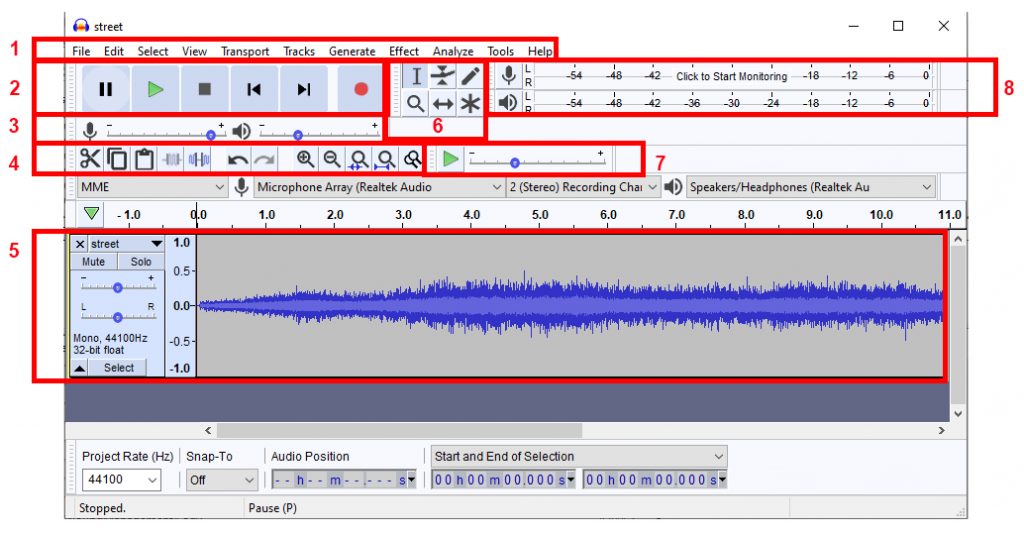

> I believe Gale’s suggestion is to “locate” and “recommend” an FFmpeg installer for Mac that installs the required dylib files. > 2.0.6 release? From the other posts, it looks not, to me. > Okay, but with all the snips, where is that? And is is reasonable for > It would be better to do what I suggested.

Way too late in the 2.0.6 release process to introduce a new, > Do we need to raise a P1 on bugzilla to get this done? > that installs a universal binary build of FFmpeg. > We will have to "locate" and "recommend" a FFmpeg installer for Mac > On, at 7:33 PM, Gale (Audacity Team) wrote: > On, at 11:16 AM, Gale (Audacity Team) wrote: > On 1:14 PM, Gale (Audacity Team) wrote: > On, at 7:44 PM, Vaughan Johnson wrote: It will delete them as soon as you close the project, but it is good to keep it in mind before trying to work and then failing to perform an export.On 1 August 2014 16:10, Bill Wharrie wrote: In the following pop-up windows, which will be one per audio track segment, if you do not need to make changes just hit the OK button enough times to get the export process going.Ī note on using Audacity on large audio files (which we assume applies to many other serious audio processing applications): When you open the audio file, Audacity will pre-process it, and it will take several GBs of disk space to use for its metadata.Unless you need specific settings, select the folder where you want the new file parts to be created and hit the Export button.Once you are happy with the results, go to the menu File then select the category Export and finally the option Export Multiple.If the file was not split as you expected, press ctrl + Z to undo the operation, then go to step 2 again and try with different settings. You will see a new row appearing that will demonstrate in ranges the new parts that were created.Press OK and give it some time to process the file and add labels around the new parts.For example the noise level or the minimum duration of silence that should indicate a new part, etc. Go to menu Analyze and select the option Label Sounds.Select the part of the audio that you want to automatically split to multiple parts or press ctrl + A to select all the track.The steps to follow after you open your audio file are:


 0 kommentar(er)
0 kommentar(er)
